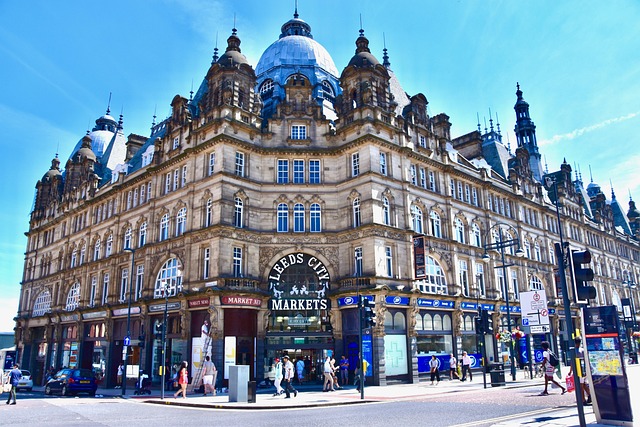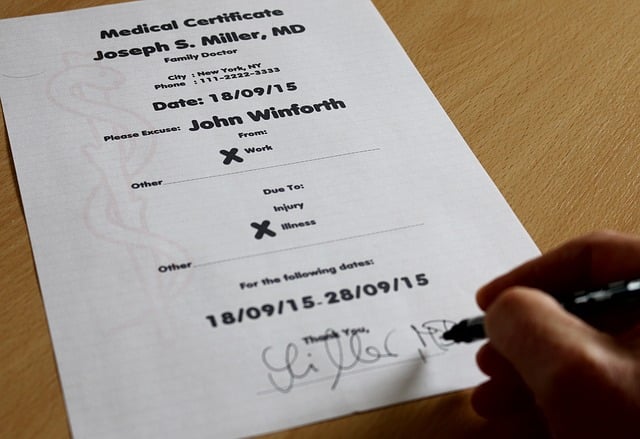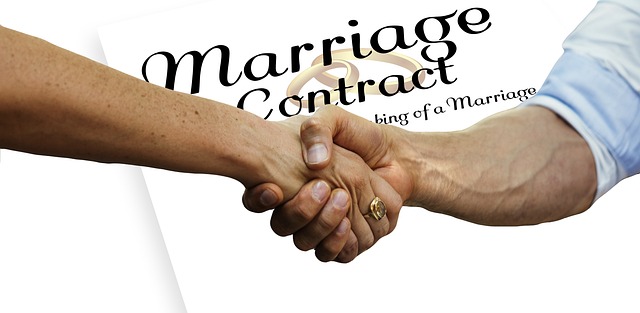In today's dynamic real estate market, embracing green building standards is both a necessity and a competitive advantage. Certifications like LEED and BREEAM guide developers in creating eco-friendly structures that prioritize energy efficiency, water conservation, use of non-toxic materials, and strategic site selection to preserve biodiversity. Green buildings offer reduced operational costs, increased property values, healthier environments for tenants, and higher occupancy rates. They also attract environmentally conscious tenants and buyers, making them a prime choice in the market while providing developers with tax incentives and government support.
“In the dynamic realm of real estate, embracing sustainable practices has become a pivotal strategy. The industry standard for green buildings is evolving, offering developers and tenants alike a path towards environmentally conscious spaces. This article explores the transformative power of green building standards, delving into their key features and benefits. We navigate the process of implementing and certifying sustainable practices, shedding light on how these measures contribute to a more robust and eco-friendly real estate market.”
Understanding Green Building Standards in Real Estate

In the dynamic realm of real estate, understanding green building standards has become paramount for investors, developers, and tenants alike. Green buildings, also known as sustainable or eco-friendly structures, are designed to minimize environmental impacts through energy efficiency, water conservation, and the use of non-toxic materials. Industry standards, such as LEED (Leadership in Energy and Environmental Design) certification, provide a framework for evaluating and promoting these environmentally conscious practices. By adopting green building standards, real estate professionals not only contribute to preserving the planet but also capitalize on growing market demands for sustainable properties.
The integration of green building concepts into real estate involves a multifaceted approach. This includes strategic site selection that considers biodiversity and ecosystem health, efficient use of resources, and innovative design solutions. Moreover, real estate stakeholders must stay informed about evolving regulations and incentives that encourage green construction. As the demand for eco-friendly spaces continues to surge, those who embrace these standards stand to gain competitive advantages while fostering a more sustainable future for the industry.
Key Features and Benefits for Developers and Tenants

Green buildings, also known as sustainable or eco-friendly structures, are becoming a cornerstone in the real estate industry. For developers and tenants alike, embracing these practices offers a multitude of advantages. Key features such as energy-efficient systems, green materials, and water conservation technologies not only reduce operational costs but also enhance the overall value of properties.
Tenants benefit from improved indoor air quality, better lighting, and healthier living or working environments, resulting in increased productivity and tenant satisfaction. Developers, on the other hand, can leverage tax incentives, grants, and government support to offset initial construction costs. Additionally, green buildings attract a premium market segment, ensuring higher occupancy rates and rental income over time.
Implementing and Certifying Sustainable Practices

Implementing sustainable practices in real estate is no longer a choice but an industry standard for green buildings. Developers and architects are embracing eco-friendly materials, energy-efficient systems, and water conservation methods to create structures that minimize their environmental impact. Certification programs play a pivotal role in this transformation. Leading standards like LEED (Leadership in Energy and Environmental Design) and BREEAM (Building Research Establishment Environmental Assessment Method) provide frameworks for evaluating the environmental performance of buildings throughout their lifecycle.
These certifications incentivize builders to incorporate innovative solutions, from smart HVAC systems that optimize energy use to green roofs that enhance biodiversity and insulation. By adhering to industry-recognized criteria, developers can demonstrate their commitment to sustainability, enhancing property values and appealing to environmentally conscious tenants and buyers in the real estate market.






